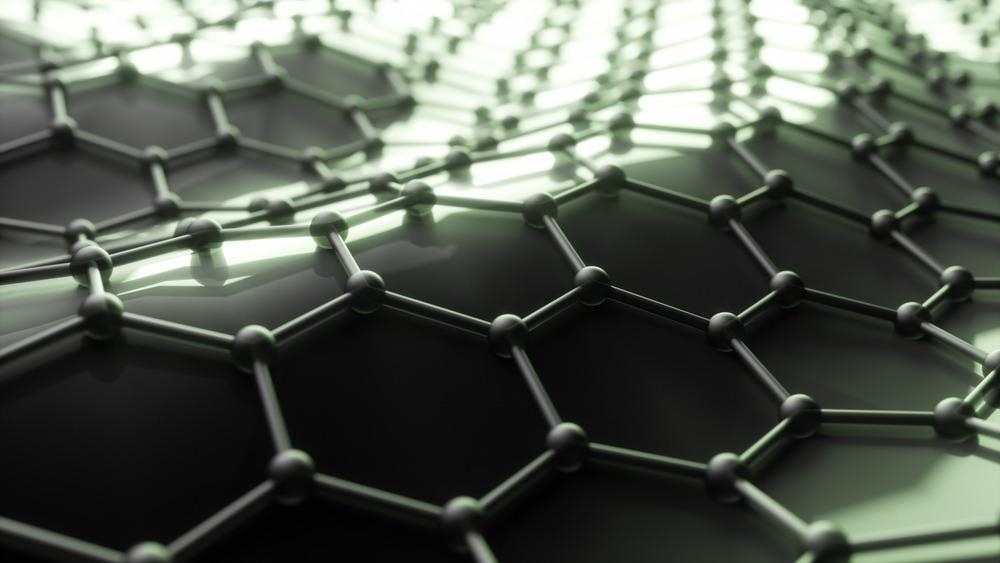In an article recently published in the Journal of Environmental Chemical Engineering, researchers discussed the preparation of bacteria/electrospun carbon nanofibers integrated with carbon nanotubes (BEO-CNFs/CNTs), and their utility as an effective anode to improve microbial fuel cell (MFC) performance via filtration approach.

Study: Co-filtration of bacteria/electrospun oriented carbon nanofibers integrating with carbon nanotubes for microbial fuel cell. Image Credit: OliveTree/Shutterstock.com
Microbial Fuel Cells (MFCs)
Energy recovery, desalination, waste disposal, and biosensors have shown significant promise with MFCs. Despite progress over the last decade, MFCs still suffer from long start-up times, hefty investment, and low power density, limiting their widespread adoption.
Carbon-based materials like graphite, carbon felt, and carbon cloth are commonly used in MFC anodes. Unfortunately, due to their limited bacterial adhesion capability and extracellular electron transfer (EET) efficiency, these materials have a low power output.
Incorporating metal/metal oxides, graphene, carbon nanotubes, conductive polymer, and their composites has resulted in significant efforts aimed at improving electron collection and transport.
Carbon Nanofibers (CNFs) as Anodes for MFC
Several types of anodes focused on a porous structural design have been found to improve MFC performance. Although a porous anode with big pores increased power density in some cases, the total surface area of the anode still limited the number of bacteria that could be loaded onto the surface.
As a result, proposing a technique to balance the viewpoints for bacteria-accessible surface area and electrochemically active bacteria (EAB) loading contents is extremely desirable. Electrospinning is a new and effortless way to make CNFs, have shown significant promise in wastewater treatment, energy storage, and biosensors.
In the present study, the improved bio-electrochemical activity of BEO-CNFs/CNTs anode in MFC was validated by electrochemical data when compared to electrospun-oriented carbon nanofibers (EO-CNFs) and electrospun disordered carbon nanofibers (ED-CNFs). The methodology for how to make an efficient anode utilizing electrospinning technology was illustrated.
To achieve the desired combination of improved electrochemical capacitance behavior and large surface area, an oriented porous scaffold with a pore size of ten micrometers was developed. Electrospinning polyacrylonitrile (PAN), carbon nanotubes (CNTs) composites at 1000r, and a simple carbonization technique were used to create the oriented porous scaffold. The filtration process was used to create a bacterium-CNFs/CNTs composite scaffold that completely used the inner surface for bacteria colonization.
The porous oriented scaffold with naturally developed biofilm, porous anode created by randomly arranged CNFs, and carbon cloth (CC) were used as the reference for exhibiting the benefits of the proposed bacteria-CNFs/CNTs anode for MFC performance evaluation. The performance of the as-prepared anode was investigated using electrochemical tests such as electrochemical impedance spectra (EIS), cyclic voltammetry (CV), and amperometric (i-t) curves.
Research Findings
The BEO-CNFs/CNTs anode significantly increased bacterial loading content and improved EET efficiency. The greatest power density of the MFC with BEO-CNFs/CNTs anode was 1016 mW/m2, which was significantly greater than that of the EO-CNFs/CNTs anode with naturally produced biofilm (574 mW/m2) and commercially available carbon cloth (341 mW/m2). The filtration process allowed the c-type cytochromes on the bacterial outer membrane to have rapid and direct contact. The nanofiber surface for direct electrochemistry reduced the MFC start-up time.
The CNT additions contributed to the new anode's high conductivity and electrochemical characteristics. In comparison to oriented CNFs, disordered CNFs had smaller pore sizes, whereas oriented CNFs had a superior porous structure with an average pore size of 3-10 micrometers. The orientated CNFs/CNTs had a conductivity of 3.3 Ohm/cm. The non-perfect crystalline structure of carbon atoms and in-plain vibration of the sp hybridization carbon atoms, respectively, were detected in the Raman spectra of the as-prepared CNFs materials at 1350 centimeter-1 (D-band) and 1598 centimeter-1 (G-band). The largest BET surface area of 79.98 m2/g was found in the orientated CNTs/CNFs.
The CNFs/CNTs electrode's pore volume and pore size were 0.1712 mL/g and 6.9402 nanometer, respectively. The charge transfer resistance (Rct) of orientated CNTs/CNFs with filtrated biofilm was 3.72 Ohm. The MFC-3F achieved a maximum cell voltage of 660 ± 7 millivolts, MFC-2F achieved 600 ± 25 millivolts, and 585 ± 12 millivolts for the MFC-1F. MFC-3F had the quickest start-up time of about 40 hours, which was 82.2% faster than MFC-0. MFC-3F had a power density of 1016 mW/m2, which was approximately 27.6% and 49.7% higher than MFC-2F and MFC-1F, respectively.
Conclusions
In conclusion, this study elucidated the usage of electrospinning technology to create an oriented CNTs/CNFs self-supporting anode that fully used the interior surface area for bacteria colonization via a filtration method.
Using an orientated CNTs/CNFs electrode with filtrated bacteria boosted bacterial loading content and extracellular electron transfer efficiency while also reducing MFC start-up time. The confocal scanning laser microscopy (CLSM) studies revealed that bacteria were successfully introduced into the porous anode's inner structure through the filtration approach.
The authors emphasized that the related MFC obtained superior waste removal efficiency, power density, and coulombic efficiency because of the new hybrid anode's excellent properties. They also believe that this research could help produce high-performance MFC anodes using electrospinning technology.
Reference
Liu, Y., Sun, Y., Li, H., et al. (2022) Co-filtration of Bacteria/Electrospun Oriented Carbon Nanofibers Integrating with Carbon Nanotubes for Microbial Fuel Cell. Journal of Environmental Chemical Engineering 107644 https://www.sciencedirect.com/science/article/pii/S2213343722005371?via%3Dihub
Disclaimer: The views expressed here are those of the author expressed in their private capacity and do not necessarily represent the views of AZoM.com Limited T/A AZoNetwork the owner and operator of this website. This disclaimer forms part of the Terms and conditions of use of this website.